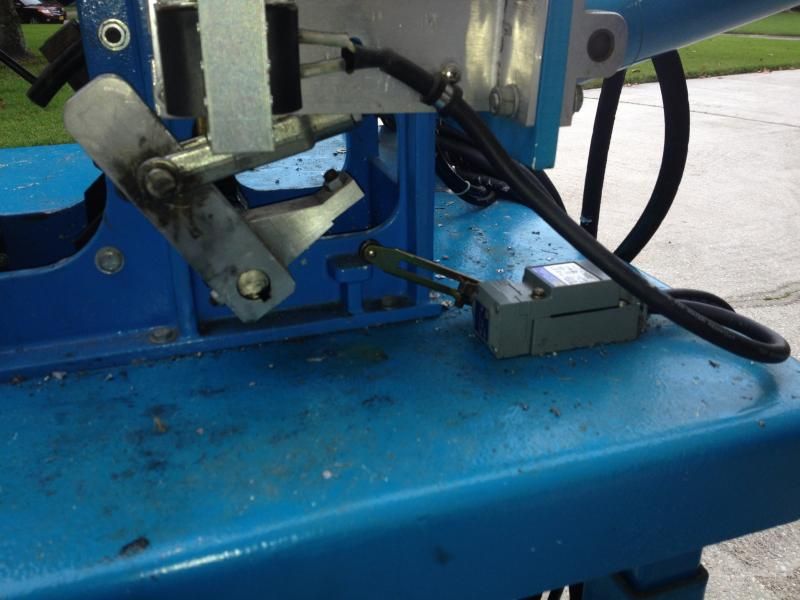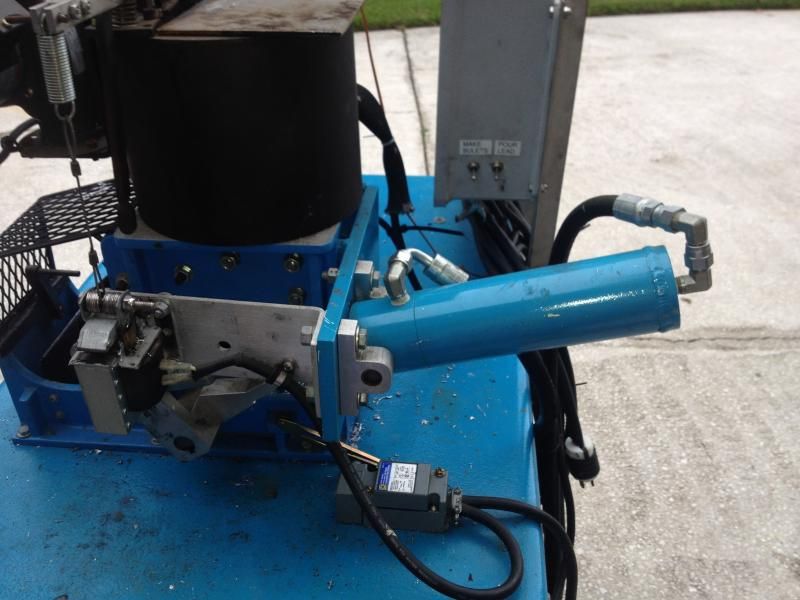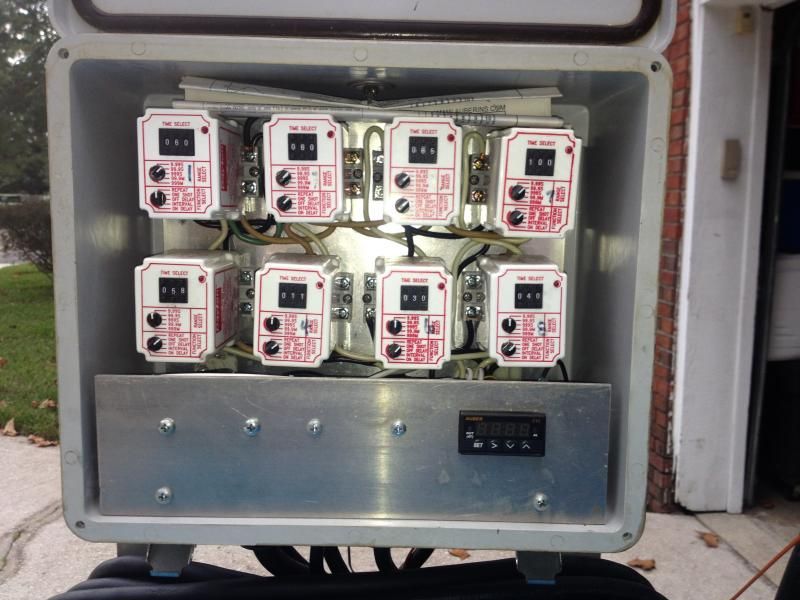A double acting cylinder stands more chance of being fully closed yes. With limit switches it has to be all the way back to engage the switch too, so either it is all the way back or very close to it.
I find that the spring in my cylinder and gas strut isn't always quite strong enough to pull my mold all the way back of i have a stuck projectile in the mold. The sprue cutter drags on the slight bump and will not always reset, the system cycles again to try and clear it though. A double acting cylinder would pull it back into position more reliably but use more air to do so.

|
   
   
|


|




 Reply With Quote
Reply With Quote HATCH
HATCH
















